Gray Black Angelfish
$89.99
-
Select Variant
Adult Gray Black Angelfish, which can also be known as the Gray Angelfish, has a gray body that is adorned with dusky blue polka dots and the same blue-colored highlights that are visible on caudal dorsal, and the anal fins. The face is transparent, light silvery-gray. A juvenile is black and has yellow stripes.
The Gray Black Angelfish is hardy and can attain 20 inches in length when an adult. This means it requires the use of a 250 gallon or bigger tank. The tank should have large quantities of live rock for grazing and hiding. Gray Black Angelfish are prone to nibble at stony and soft corals (sessile invertebrates) and mantles from clams.
A diverse diet must be offered, including Spirulina as well as marine algae. Angelfish prepared with the highest quality, as well as mysis, or frozen shrimp.
The Small Juvenile will have the Juvenile coloring or change color to an adult in the teen years The Medium will be a sub-adult and the Large with Adult coloration.
Approximate Purchase Size: Juvenile: Small: 1" to
1-1/2"; Medium: 1-1/2" to 2"; Large: 2" to 3"; Changing: Small: 2" to
2-1/2"; Medium: 3" to 3-1/2"; Large: 3-1/2" to 4"; Extra Large: 4" to
4-1/2" Adult Small: 4" to 4-1/2"; Small/Medium:4-1/2" to 5"; Medium: 5"
to 5-1/2"; Medium/Large: 5-1/2" to 6"; Large: 6" to 6-1/2"
- Description
- Additional Information
- Reviews
General information on Gray Black Angelfish
The adult pomacanthus arcuatus has a gray body with blue polka dots and bright blue dusky highlights that are visible on caudal dorsal, and the anal fins. The face is transparent, light silvery-gray. The juvenile is dark and has yellow stripes. The Gray Black Angelfish is hardy and can attain 20 inches in adulthood. It needs a large tank. The tank should have large amounts of live rock to allow grazing and hiding. Gray Black Angelfish tends to nip at stony and soft corals sessile invertebrates and clams. The Small Juvenile may have the juvenile coloration or could change color to an adult coloring. The medium will be a sub-adult and the large with adult coloration.
Gray Black Angelfish Diet & Nutrition
Grayback angelfishes are Omnivores. They feed mostly on sponges but are also known to consume tunicates algae, zoantharians bryozoans, gorgonians, hydroids and seagrasses.
The juveniles of this species are cleaners for part-time and feed on detritus and algae together with ectoparasites that they remove off other fish.
Gray Black Angelfish Origin
The grey angelfish is abundant throughout the reefs of the western region of the Atlantic Ocean. It spans across New England south to Rio de Janeiro including the West Indies and is ocassionally located within the Gulf of Mexico.
LINKS to follow:
size
Large, Medium, Small
Units
1
Weight
6 lbs
Dimensions
1 × 1 × 1 in

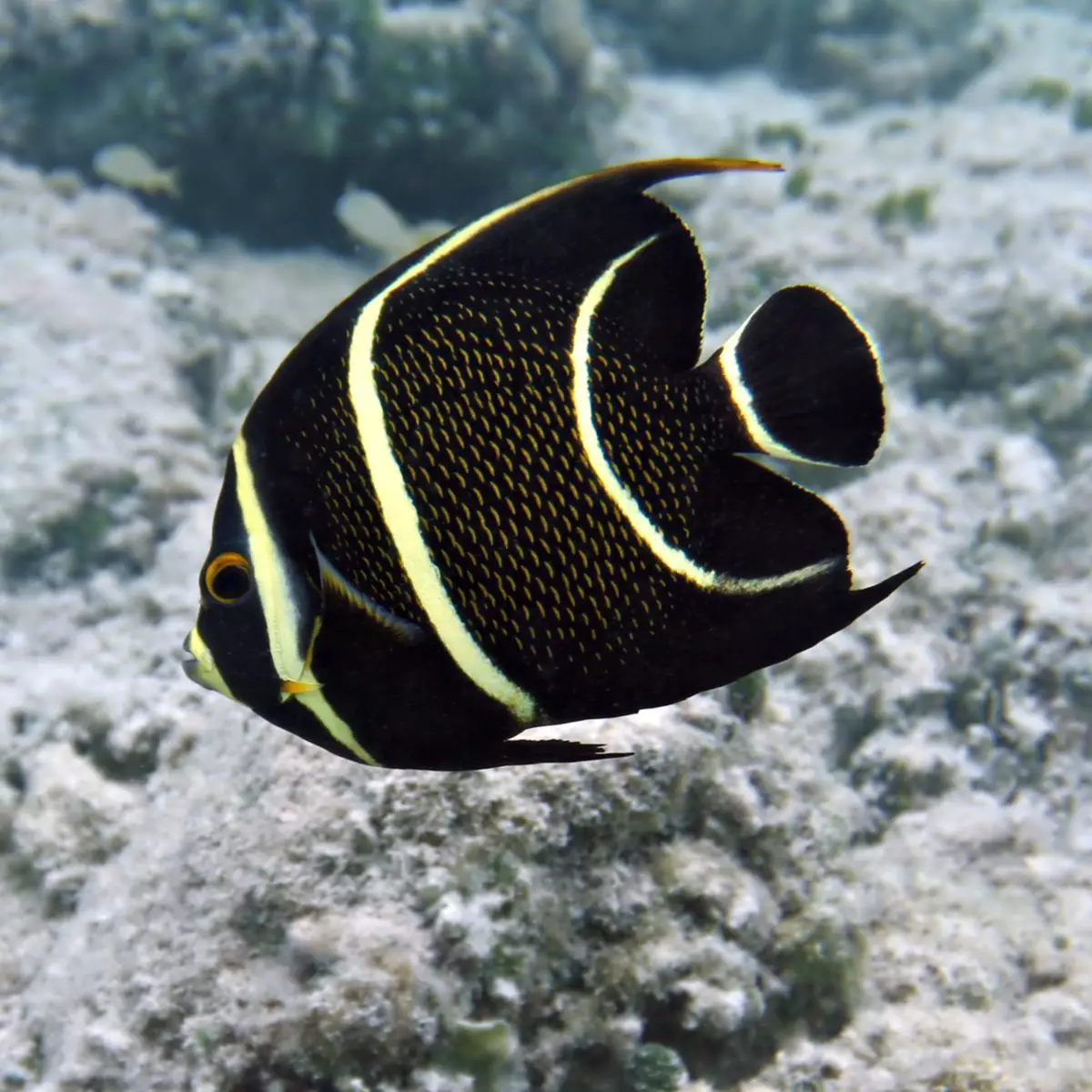
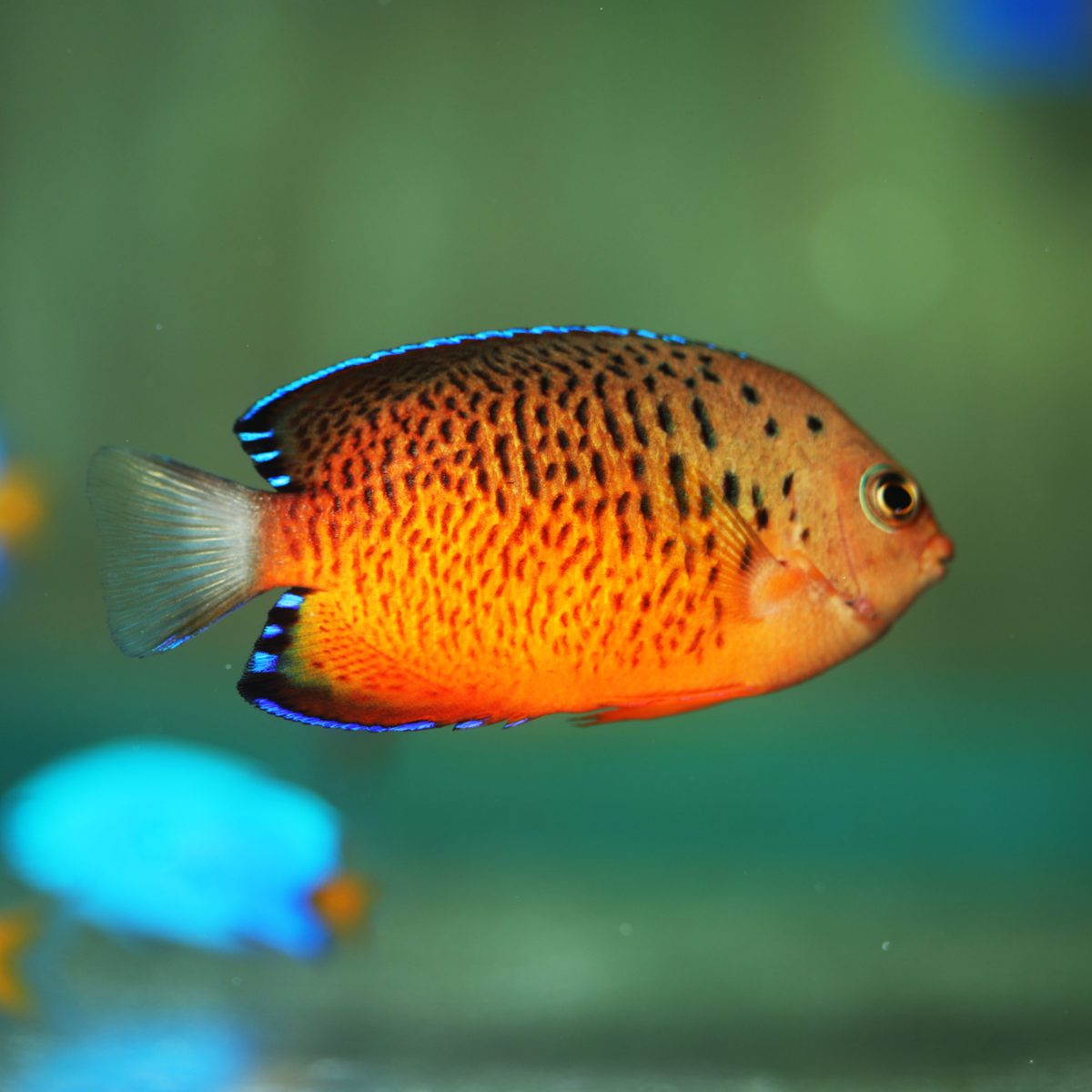
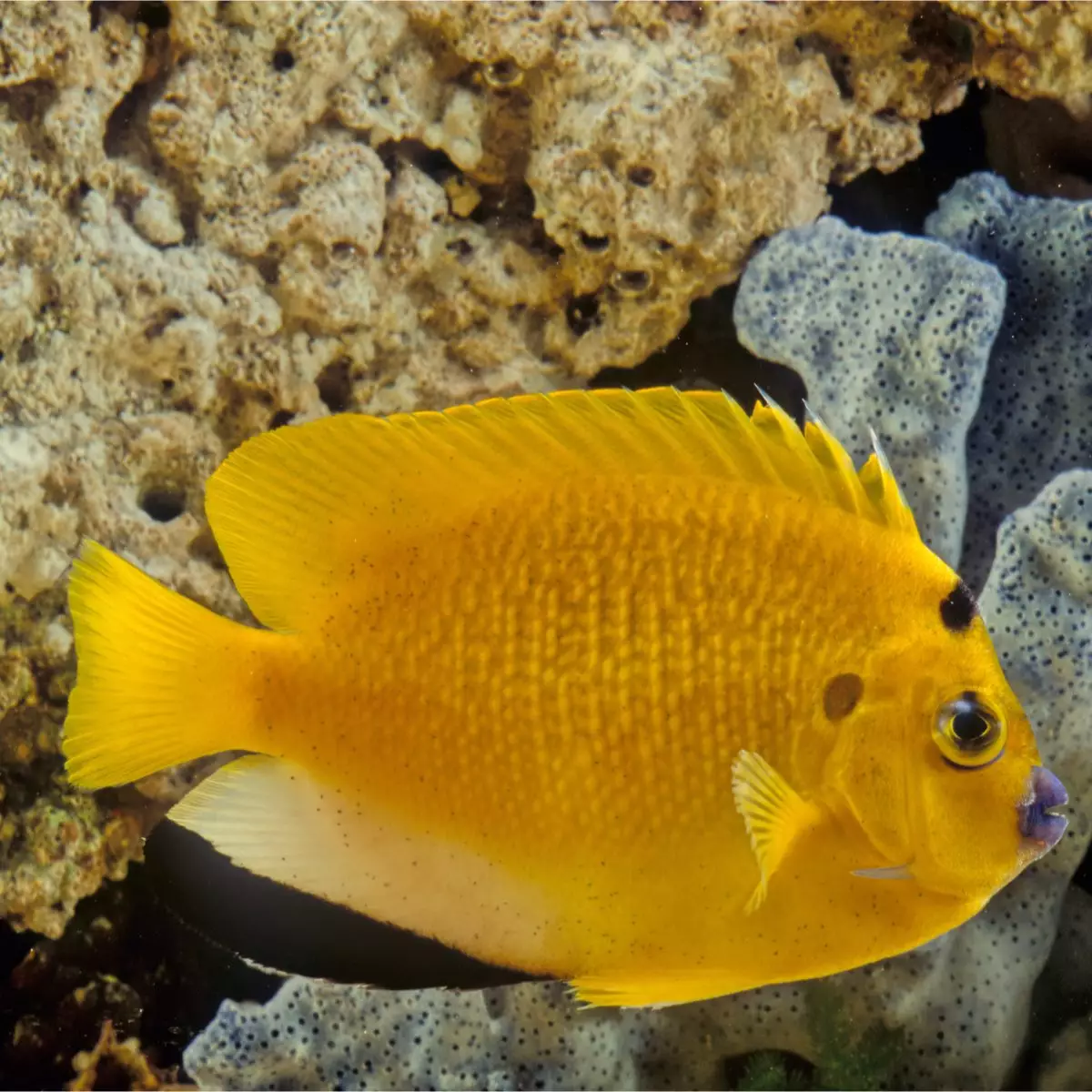
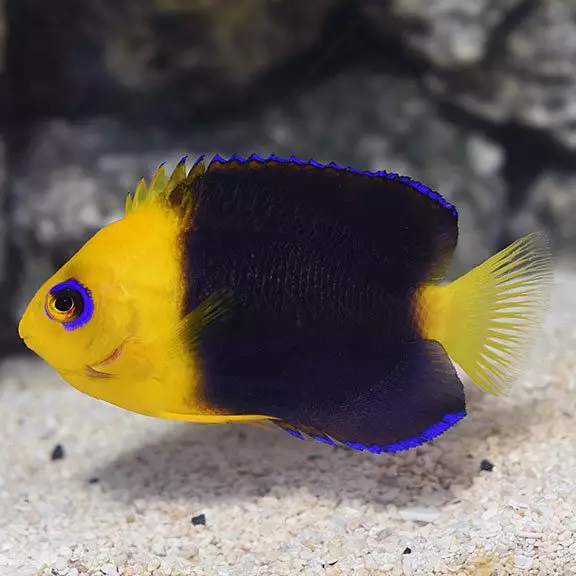
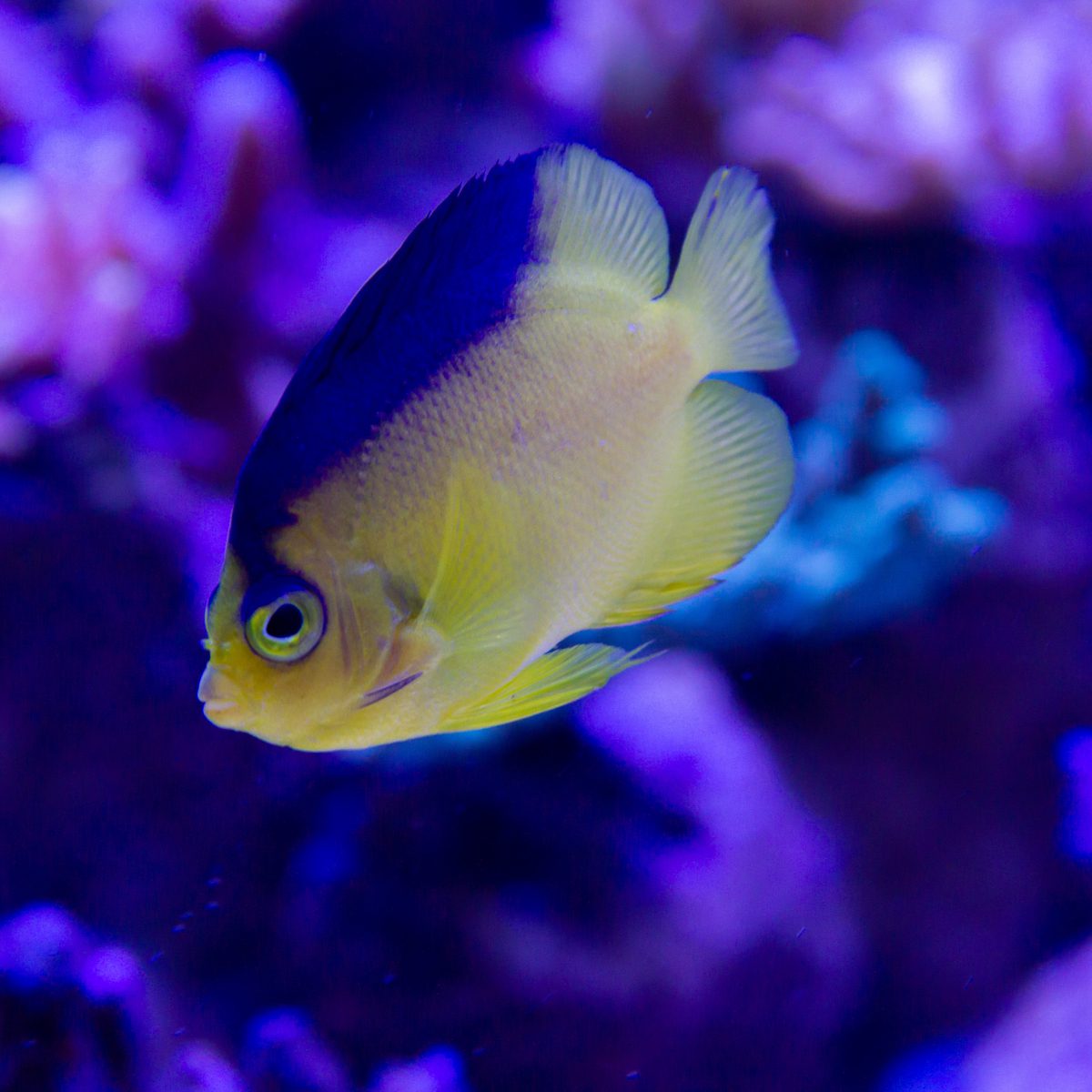
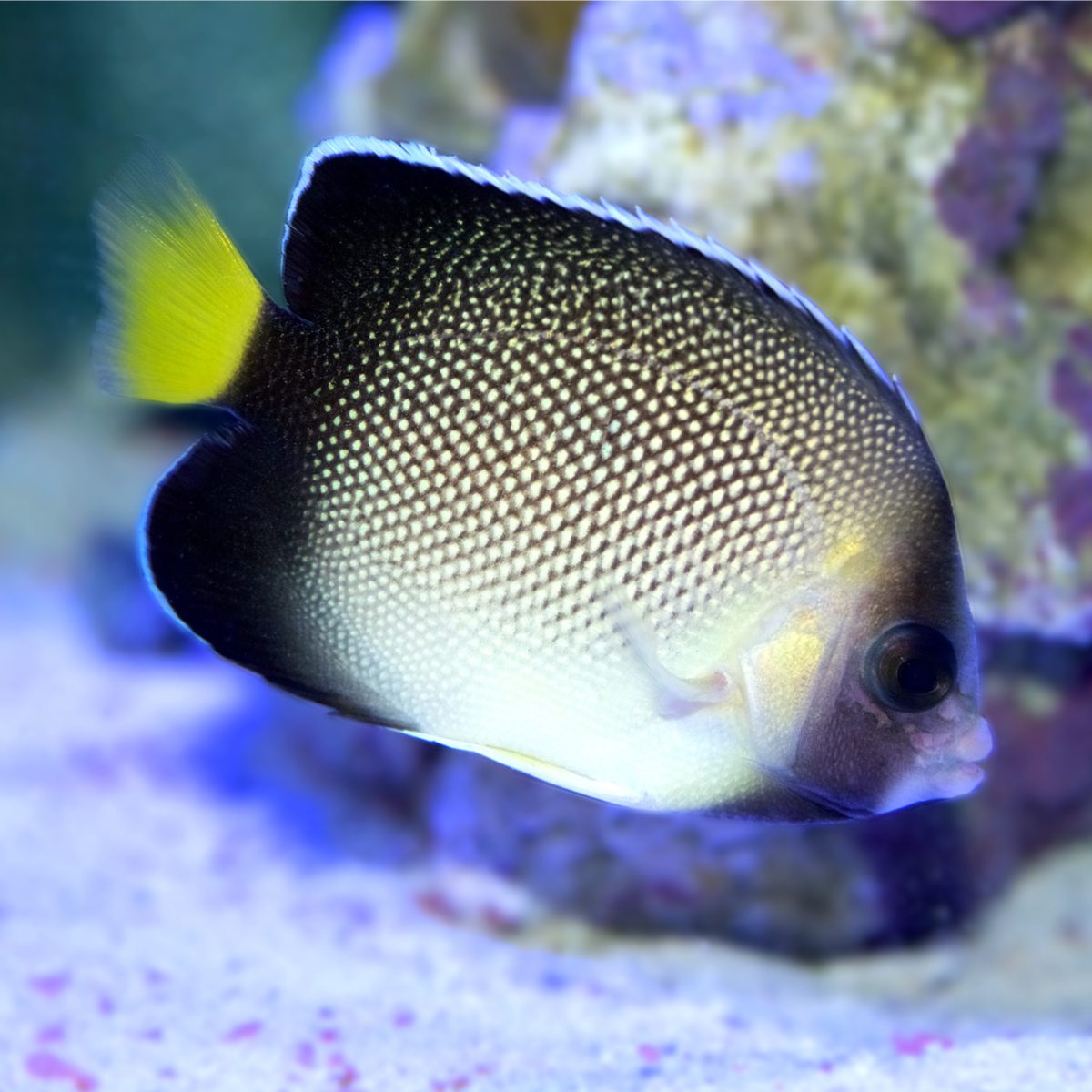
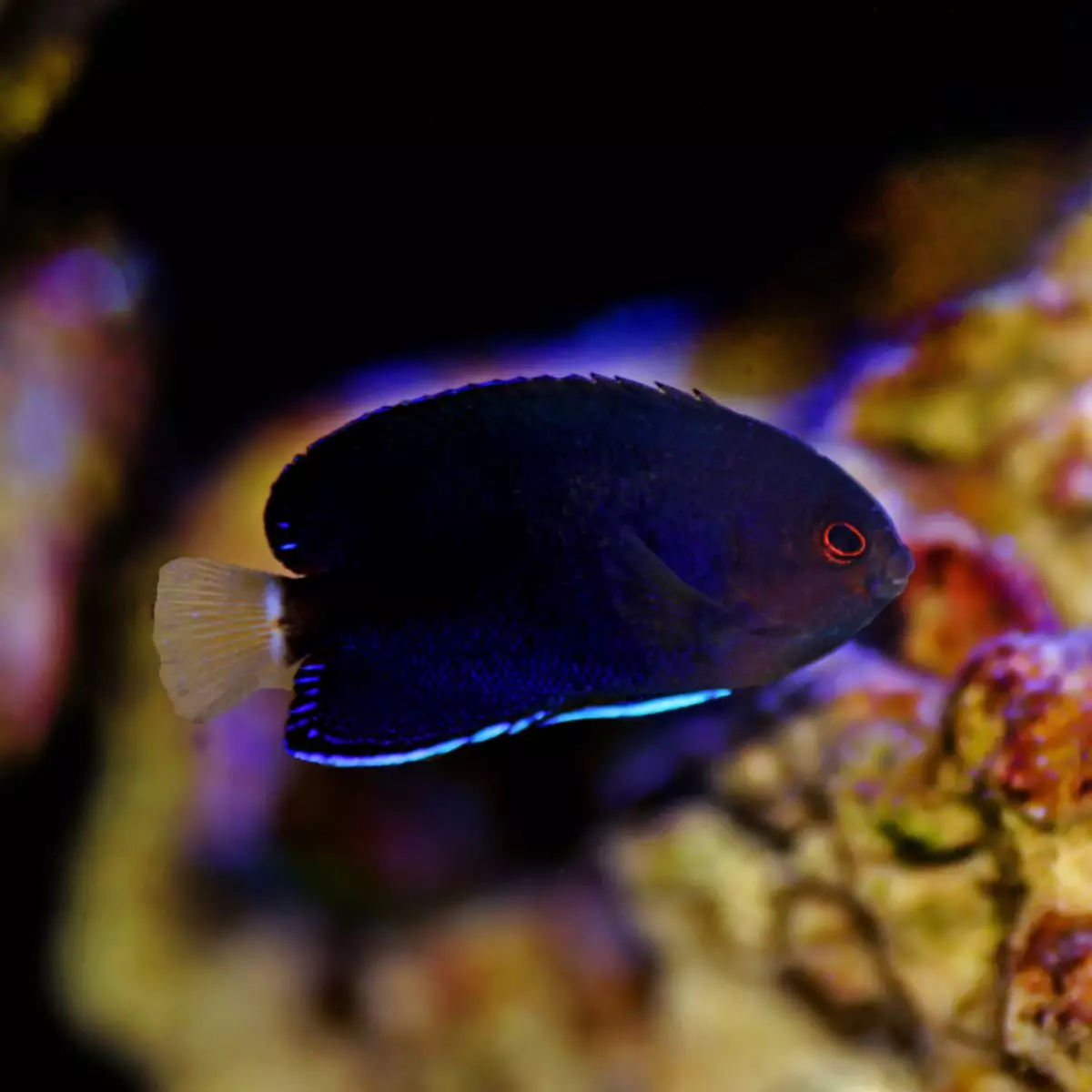
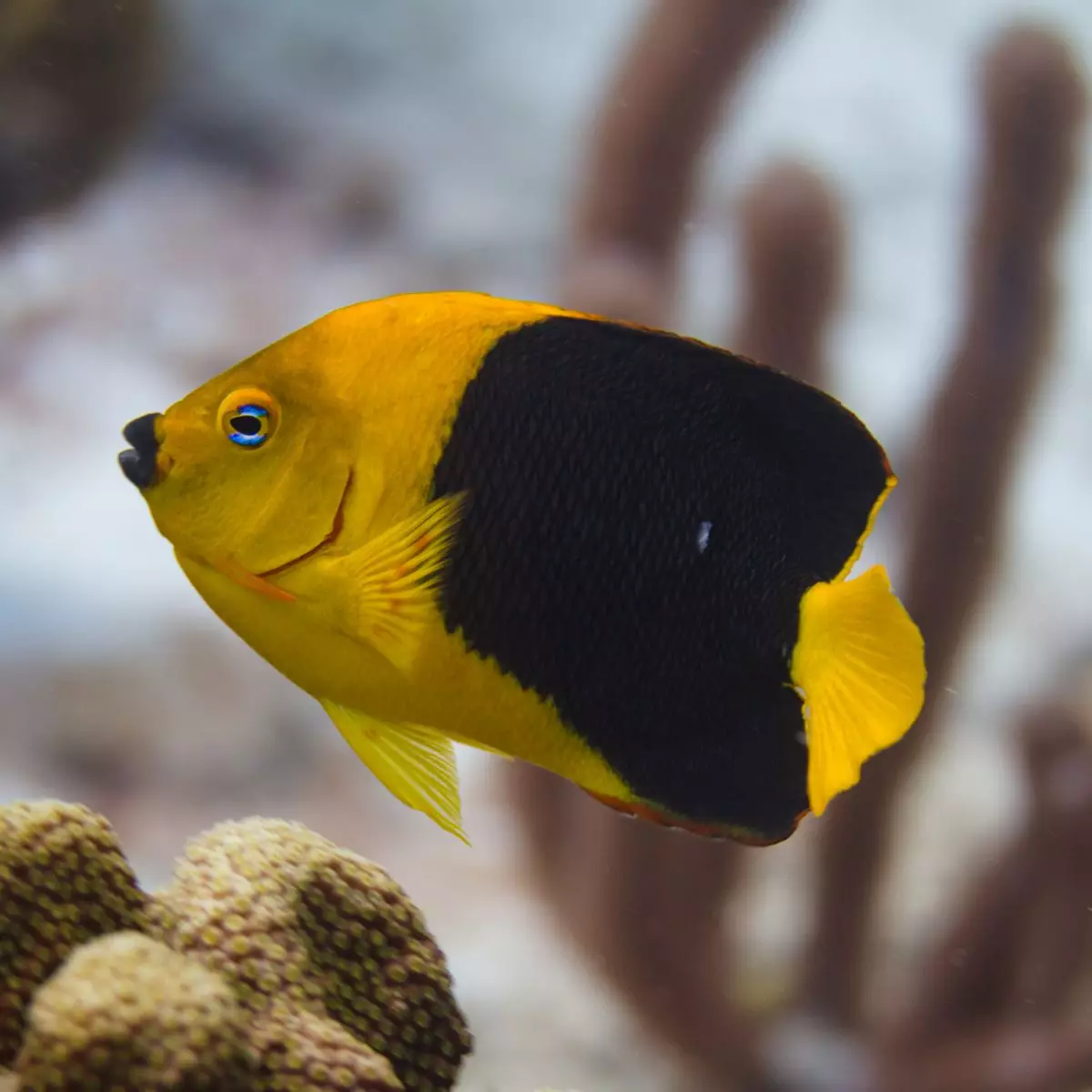
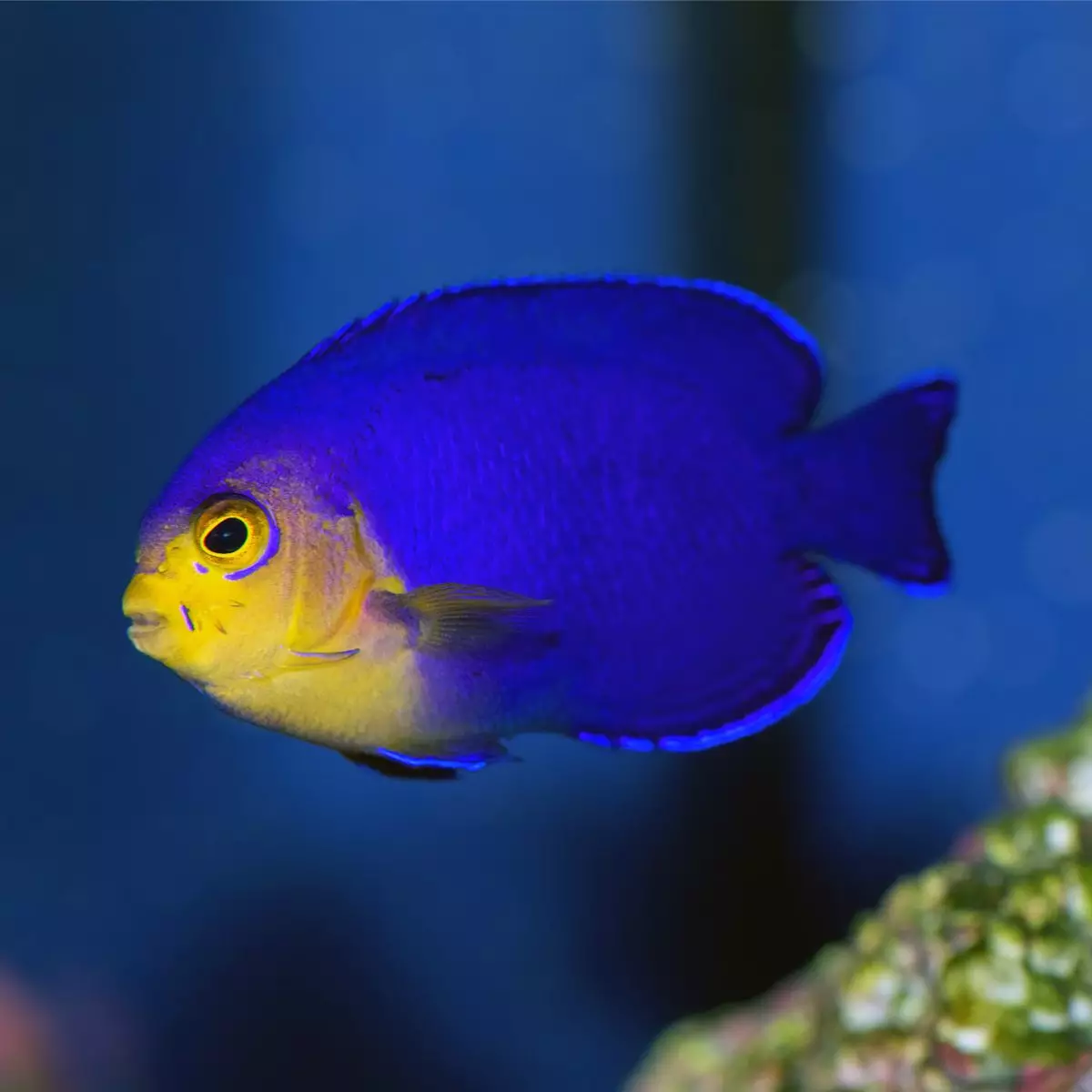

Reviews
There are no reviews yet.